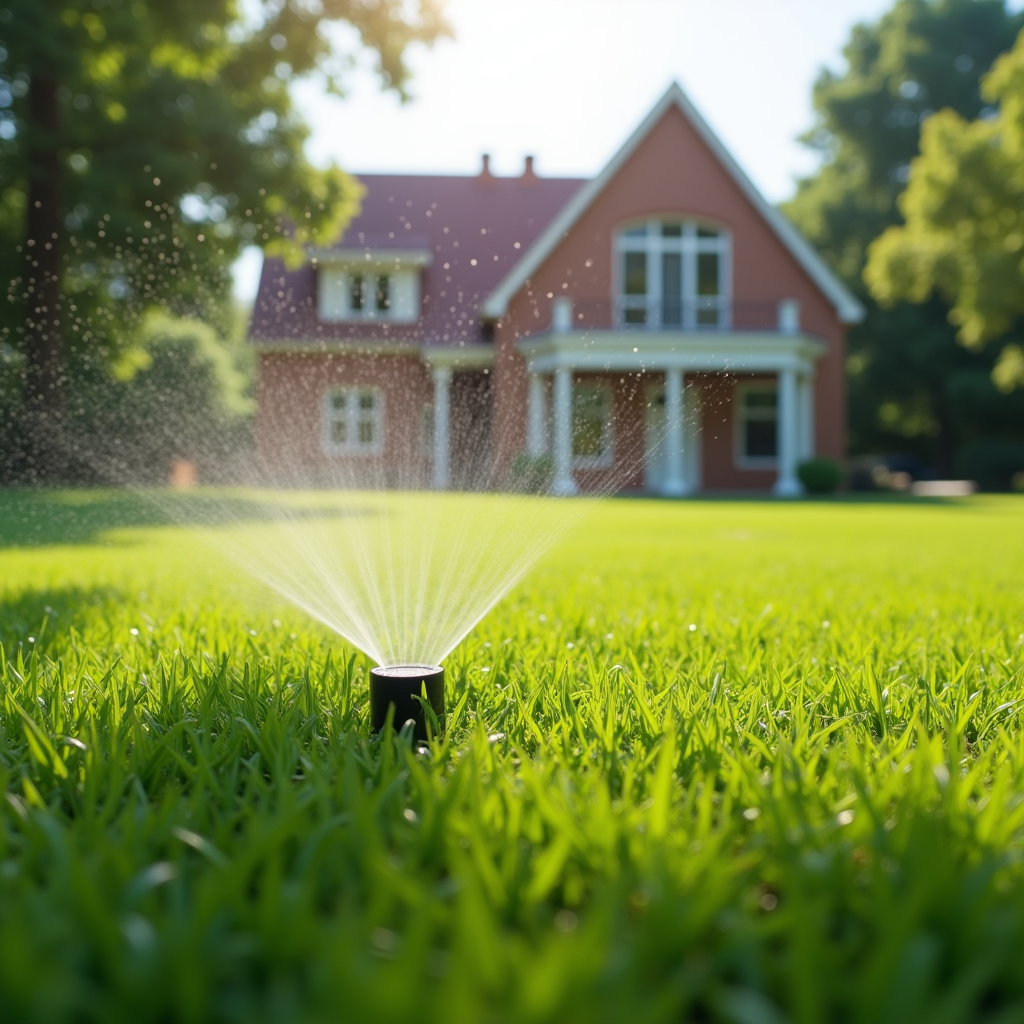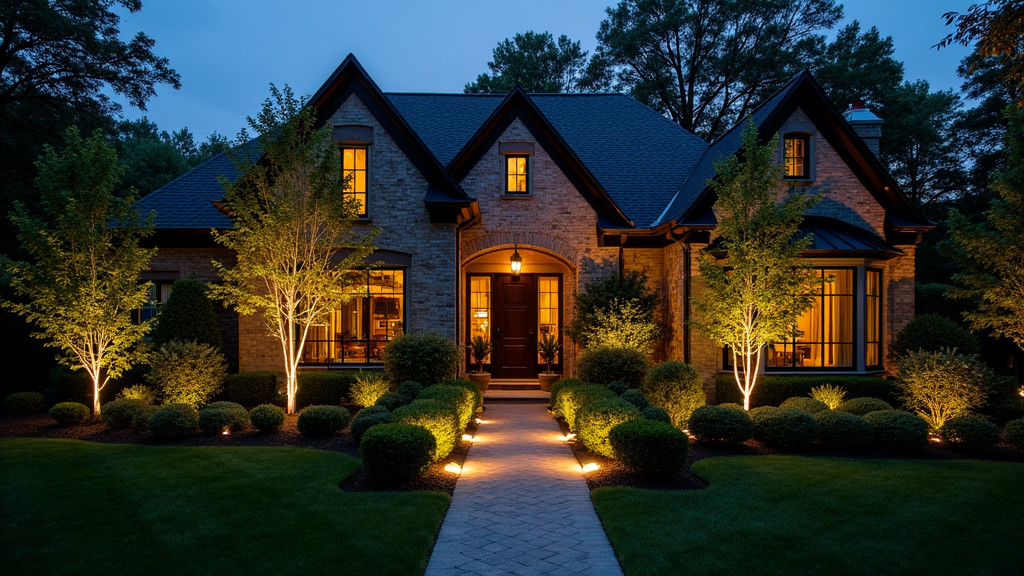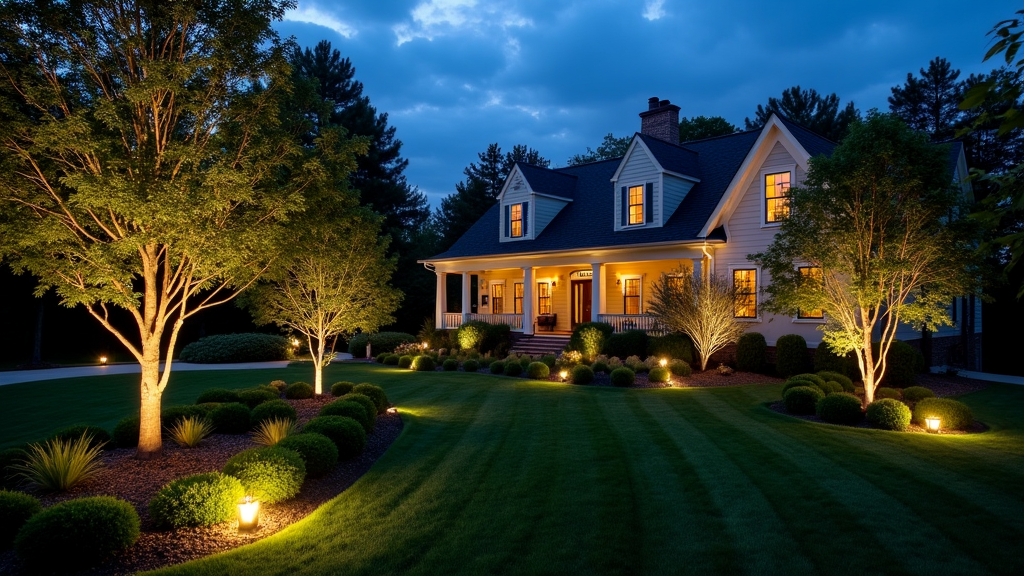Introduction
When it comes to landscape design, few elements can rival the impact of water features. Whether it's a serene pond, a bubbling fountain, or an elaborate waterfall, these components can transform any outdoor space into a tranquil oasis. In North Carolina, where natural beauty abounds, integrating water features into landscape design is not just a trend; it’s a timeless practice that enhances aesthetics and fosters https://ameblo.jp/lukasecfh318/entry-12888537929.html relaxation. This article delves into The Role of Water Features in North Carolina Landscape Design, examining their various forms, benefits, and best practices for incorporation.
The Role of Water Features in North Carolina Landscape Design
Water features play a significant role in landscape design by adding visual interest and creating a soothing ambiance. They serve as focal points that draw the eye and can harmonize with the surrounding flora and fauna. In North Carolina's diverse ecosystems—from coastal waters to mountainous streams—water features can mimic natural occurrences, enhancing the overall landscape.
Benefits of Incorporating Water Features
Enhancing Aesthetic Appeal
One of the most obvious benefits of adding water features is the aesthetic enhancement they provide. A well-designed water feature can serve as the centerpiece of your landscape design.
- Visual Interest: The movement of water creates dynamic visuals. Color Variations: Reflective surfaces can enhance colors from surrounding plants.
Promoting Relaxation and Serenity
There's something inherently calming about water. Studies have shown that being near water reduces stress levels.
- Sound Therapy: The gentle sound of flowing water acts like nature’s white noise machine. Tranquility: A pond or fountain invites quiet reflection.
Types of Water Features Suitable for North Carolina Landscapes
Ponds
Ponds are versatile and can range from small decorative pools to expansive fishing ponds.
- Wildlife Habitat: Attracts birds, frogs, and beneficial insects. Aquatic Plants: Adds greenery and helps purify the water.
Fountains
Fountains come in various styles—from classical tiered designs to modern sculptures.
- Size Variability: Can fit in small spaces or large gardens. Design Flexibility: Available in various materials like stone or metal.
Streams and Cascades
Adding flowing streams or cascading waterfalls creates movement in your garden.

- Natural Flow: Mimics natural landscapes found in mountainous regions. Erosion Control: Waterways can help manage stormwater runoff effectively.
Best Practices for Designing Water Features
Site Selection
Choosing the right location is crucial for any water feature's success.
Consider sunlight exposure to maintain healthy aquatic life. Avoid areas close to trees to minimize leaf litter accumulation.Balancing Form and Functionality
While aesthetic appeal is important, functionality should not be overlooked.
- Ensure easy maintenance access without disrupting your landscape design. Integrate proper filtration systems to keep the water clean and clear.
Integrating Native Plants with Water Features
Native plants complement water features beautifully while promoting biodiversity.
Planting native species around ponds encourages local wildlife visitation. Aquatic plants like lilies provide shade, which helps maintain cooler water temperatures.The Cost Factor: Budgeting for Water Features
Budgeting for a water feature can vary widely based on size, materials, and complexity.
| Type | Estimated Cost Range | |-------------|----------------------| | Small Fountain | $500 - $2,000 | | Medium Pond | $1,500 - $5,000 | | Large Waterfall | $3,000 - $10,000 |

Maintenance Tips for Longevity
Proper maintenance ensures your investment lasts:
Regularly check pumps and filters for optimal performance. Remove debris such as leaves or twigs to prevent clogging.FAQs about Water Features in Landscape Design
1. What types of permits are needed for installing a pond?
Typically, you may need permits if your pond exceeds specific sizes or impacts local ecosystems. Always check local regulations before proceeding.
2. How do I ensure my pond stays clean?
Regular maintenance is key! Invest in quality filtration systems and periodically remove debris to keep your pond healthy.
3. Can I include fish in my pond?
Absolutely! Just ensure you choose fish species that are suitable for your climate and pond size—goldfish are often a good choice!
4. What’s the best time to install a water feature?
Early spring or fall is typically ideal since temperatures are moderate, allowing plants to establish before extremes set in.

5. Are there eco-friendly options for constructing fountains?
Yes! Solar-powered fountains reduce energy consumption while still offering beautiful aesthetics without high operational costs.
6. Do I need professional help to install a large feature?
While smaller installations might be manageable as DIY projects, larger setups usually benefit from professional expertise to ensure proper design and safety standards are met.
Conclusion
The integration of water features into landscape design not only beautifies outdoor spaces but also creates habitats for wildlife while promoting tranquility among inhabitants. In North Carolina's varied landscapes—from serene mountainscapes to lush coastal areas—there exists an array of opportunities for incorporating these elements effectively into any garden scheme. By understanding their role—including selection considerations, types available, best practices for integration, maintenance tips—you'll be well-equipped to create stunning outdoor retreats that reflect both personal style and environmental harmony through thoughtful landscape design practices tailored specifically for this state’s unique climate conditions.
In summary, whether you’re dreaming up an elaborate waterfall or envisioning tranquil koi ponds surrounded by native plantings—the possibilities are endless when it comes down to crafting captivating environments with The Role of Water Features in North Carolina Landscape Design at heart!